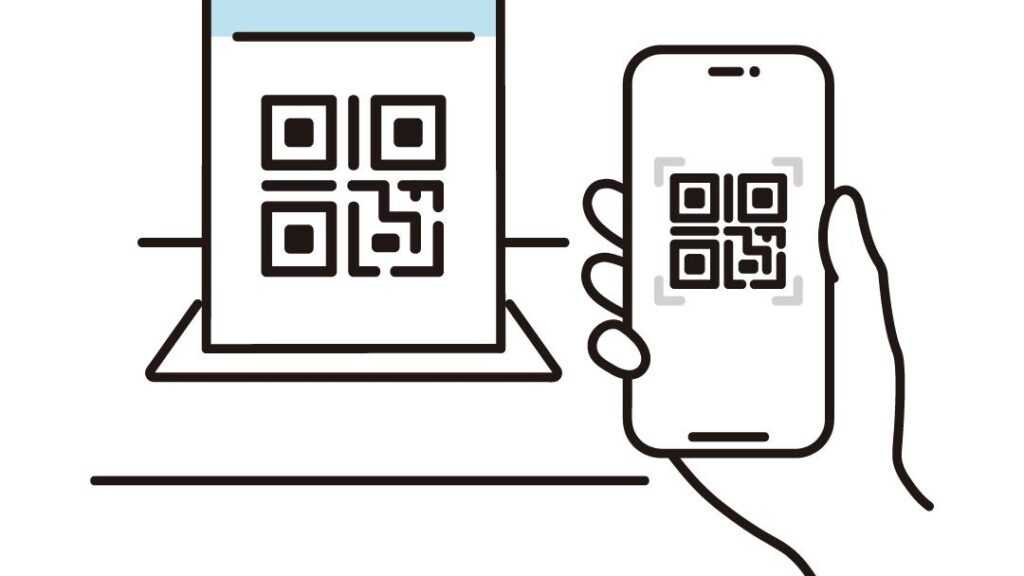QR (Quick Response) codes have grown beyond their original role in manufacturing logistics to become essential tools in various industries, especially finance. In an era where convenience, security, and fast service are paramount, QR codes are providing financial institutions, fintech companies, and consumers with innovative solutions. From enabling instant payments to improving customer onboarding and security, QR codes are reshaping the financial landscape in profound ways.
1. Revolutionizing Digital Payments
QR codes have revolutionized how people make payments, particularly in regions where mobile payment adoption is high. Instead of using cards or cash, customers can now pay by scanning QR codes, which direct them to secure payment gateways. This type of payment is both contactless and instantaneous, aligning with the growing preference for digital transactions. By linking directly to a user’s mobile wallet or bank account, QR payments are especially useful for small businesses and vendors looking for cost-effective alternatives to card processing fees.
For example, payment platforms like PayPal, Venmo, and many others integrate QR code payments as a convenient, low-cost method. Users simply scan a code at a retailer or service provider to complete their transaction without needing to swipe a card or exchange cash.
2. Enhancing Financial Inclusion
In many developing regions, QR codes have made it easier for underbanked and unbanked populations to participate in the digital economy. With the global expansion of mobile payments, QR codes have become a gateway to financial services for people who may not have traditional bank accounts. Using only a mobile device and QR codes, people can send and receive payments, pay bills, and access other financial services. This inclusion helps to drive economic participation in areas where traditional banking infrastructure is limited.
For instance, in countries like India and Kenya, QR codes are instrumental in peer-to-peer (P2P) transactions, allowing users to transfer funds quickly without a bank account, empowering millions to access financial services for the first time.
3. Simplifying Account Setup and Customer Onboarding
QR codes are streamlining customer onboarding and account setup for banks and financial services. By scanning a QR code, prospective customers can quickly download a banking app, fill out necessary forms, or access video guides for setting up an account. Many financial institutions also use QR codes to provide customers with easy access to support services or documentation. This digital onboarding process saves time and minimizes the need for physical paperwork, while ensuring that clients have all the information they need to start banking.
For example, during the onboarding process, QR codes can link to identity verification, address proof upload, and other required steps, enhancing the customer experience and reducing the time to open a new account.
4. Increasing Security and Reducing Fraud
Financial fraud and data breaches are significant concerns for both consumers and institutions. QR codes provide a secure, encrypted way to authenticate transactions, verify identity, or access accounts. Many banks and financial institutions are now using QR codes for two-factor authentication (2FA) and account login processes, adding an additional layer of security.
A QR code used for 2FA, for instance, is dynamic and time-sensitive, requiring users to scan a changing QR code to gain access. This feature makes it more difficult for hackers to gain unauthorized access to accounts, significantly improving security compared to static passwords or single-factor authentication methods.
5. Facilitating Cross-Border Payments
The rise of QR codes is simplifying cross-border payments, a traditionally costly and slow process. Instead of using SWIFT codes or other intermediary banking methods, QR codes allow for instant P2P transactions between different countries and currencies. By scanning a QR code, users can initiate payment through international payment platforms that convert currencies in real-time.
This technology is being especially beneficial for tourists, international businesses, and overseas workers who regularly send remittances back to their home countries. Financial services that support cross-border QR payments offer users convenience and cost savings, compared to traditional remittance services, by streamlining the process and reducing transaction fees.
6. Integrating with Financial Data and Personal Budgeting
QR codes are also becoming a popular way for people to monitor and manage their financial health. By scanning a QR code on receipts or statements, customers can track spending, log purchases in budgeting apps, and even access savings and investment recommendations. Some fintech apps are using QR codes to link transactions directly to user budgets or savings goals, helping users keep track of finances in real time.
This integration of QR codes with financial planning tools makes it easier for customers to maintain a healthy financial picture, as they can conveniently access analytics and recommendations by scanning a code at the point of purchase.
Final Thoughts
QR codes are changing how financial services operate, offering users greater convenience, security, and access to essential financial tools. As QR code technology continues to evolve and gain widespread adoption, it promises to unlock even more potential across various areas of finance. The future of QR codes in the financial sector looks bright, with new applications that could further streamline banking, promote financial inclusion, and safeguard customers against fraud.
By integrating QR codes into payment systems, onboarding, security, and budgeting, the financial sector is embracing a technology that aligns with the digital-first needs of modern consumers. With QR codes, finance is more accessible, faster, and safer, setting a new standard for convenience and inclusivity in the industry.


 Chief Content Strategist & Unique Author
Paulo Okellyansy is the Chief Content Strategist responsible for curating and managing the platform’s editorial direction. With an in-depth knowledge of cryptocurrency markets and digital finance, Paulo crafts engaging, informative content that resonates with both newcomers and seasoned crypto enthusiasts. His ability to simplify complex topics and identify emerging trends has helped position the website as a go-to resource for cryptocurrency insights.
Chief Content Strategist & Unique Author
Paulo Okellyansy is the Chief Content Strategist responsible for curating and managing the platform’s editorial direction. With an in-depth knowledge of cryptocurrency markets and digital finance, Paulo crafts engaging, informative content that resonates with both newcomers and seasoned crypto enthusiasts. His ability to simplify complex topics and identify emerging trends has helped position the website as a go-to resource for cryptocurrency insights.
